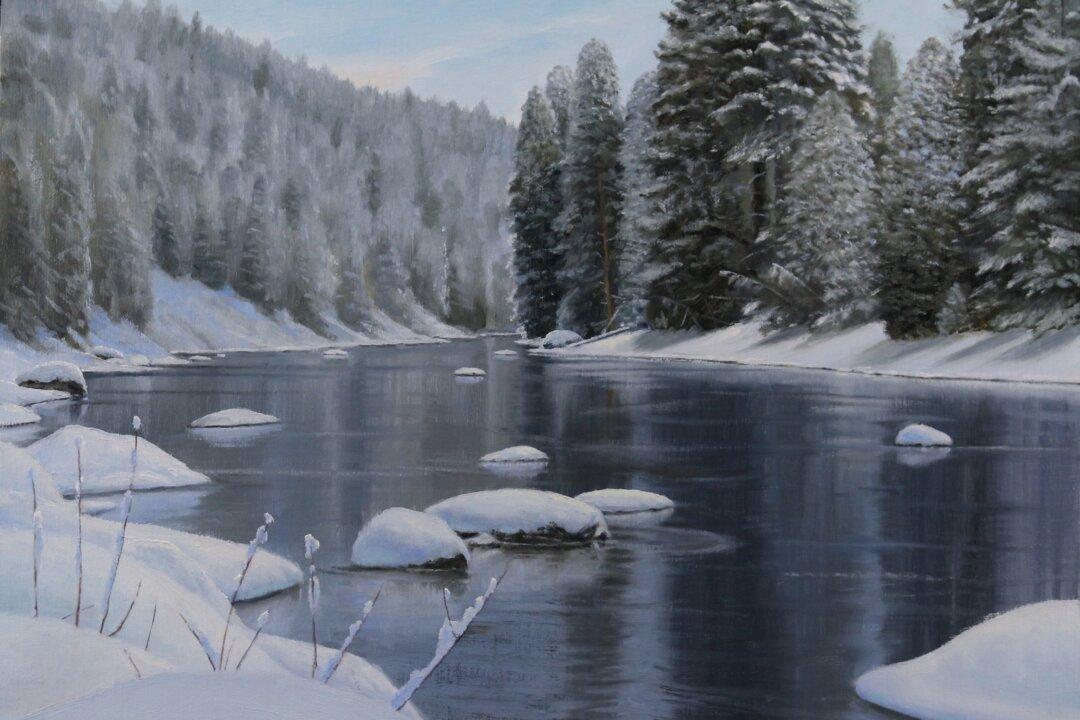Montana-based landscape painter Jake Gaedtke’s first art museum visit astounded him, leaving him with a lifelong impression and a dream to fulfill. He can’t recall the paintings, but he can remember their impact on his second-grade self as if it were yesterday. Walking with his class around the Detroit Institute of Art, a group of large vertical figure paintings stopped him in his tracks. “My mouth must have been wide open looking at these paintings,” he said by telephone. To an awe-struck young Gaedtke, it seemed like those paintings were 10-feet tall. “I’d love to make those paintings,” he thought, as he tried to imagine what it would be like to be able to. He was so taken aback by the art that he lost track of time—and his classmates.
From that visit, he knew had to be an artist.






